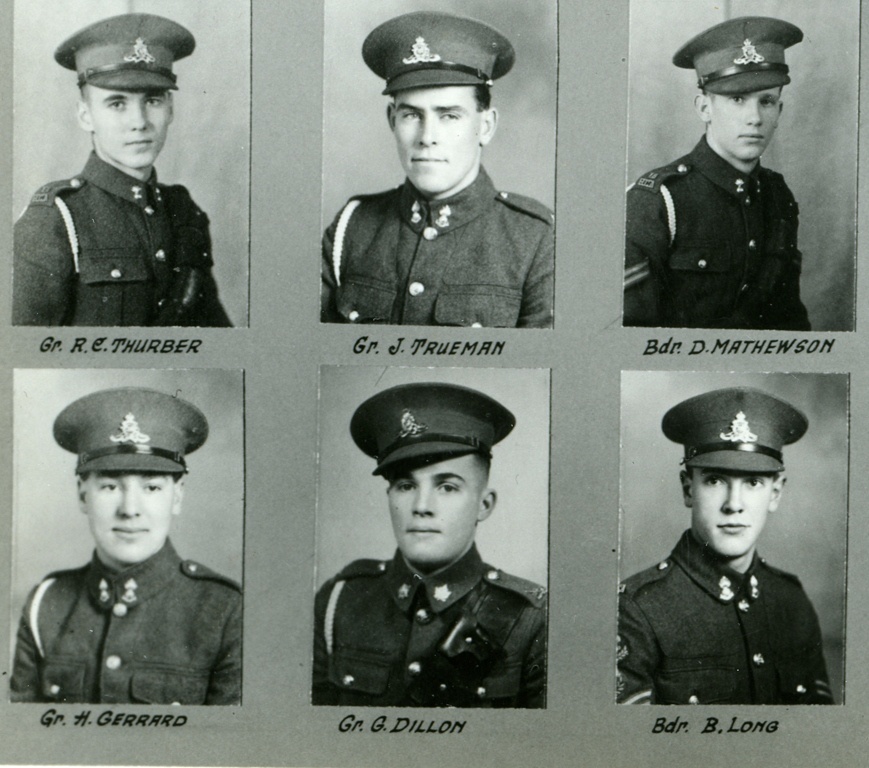There has been a lot of appropriate and understandable coverage of the 75th anniversary of the attack at Pearl Harbour.
Unfortunately, there has been virtually no remembrance of the horrific Battle of Hong Kong, which started immediately after Pearl Harbour (Dec. 8th, 1941). That battle came to an end with the surrender to the Japanese invaders on Christmas Day 1941.
Many Canadians either lost their lives or were taken prisoners of war in that tragedy.
The Japanese attack had been expected for some time.
Japan had seized Manchuria in 1931 and had been embroiled in an all-out war with the Republic of China since 1937. Attacks on such British colonies as Hong Kong and Singapore seemed inevitable.
The general consensus of the British Imperial government was that Hong Kong was likely indefensible against a major Japanese invasion. Hence for a long time, little was invested in the colony’s defenses.
However, in the late summer of 1941, a decision was finally made to bolster the military presence in Hong Kong. The authorities felt that improved defenses might deter a Japanese attack.
The Canadian government was asked to help with the new strategy.
Hence, in the fall of 1941, 1,975 men of the Royal Rifles of Canada and the Winnipeg Grenadiers were sent to Hong Kong. The military command shored up a line of defensive positions along the northern hills of the mainland. These defenses were colorfully named, ‘The Gin Drinkers’ Line.’
On Dec. 8th, 1941, the Japanese army attacked.
The British military aircraft at Kai Tak airport were quickly destroyed. The Gin Drinkers’ Line did not prove to be as strong as expected. Members of the Winnipeg Grenadiers were dispatched to try and shore up the positions.
In another rarely remembered bit of history, although Canada had been officially at war since September 1939, this action in Hong Kong was the first time that Canadian troops became engaged in actual combat during the Second World War.
By Dec. 11th, it was obvious that the mainland territories, including Kowloon, had either been lost or were about to fall.
All forces were then withdrawn to the island of Hong Kong to defend that part of the colony. The Winnipeg Grenadiers and Canadian Signalers were assigned to the West Brigade while the Royal Rifles became part of the East Brigade.
The Japanese launched a heavy artillery bombardment and air force bombing attacks.
On Dec. 18th, landings on the beaches of the island were successfully made. The British, Canadian and Allied defenders fought back fiercely. While they were able to inflict heavy casualties on the Japanese, they also suffered heavy losses. Gradually, the defenders were forced to pull back.
By Dec. 22nd, many units were starting to run low on ammunition, food and water.
All were suffering from exhaustion with the incredibly heavy combat. Further resistance increasingly appeared to be futile. Massacres of the captured and wounded by the Japanese began, including the Canadian wounded at a makeshift hospital at St. Stephen’s College.
One of those who had been stationed at the crucial Wong Nei Chong Gap on Hong Kong Island was Horace ‘Gerry Gerrard ‘of Red Deer. He had joined the militia with 78th Battery of the Royal Canadian Artillery at the age of 16 in 1938.
When the War broke out in September 1939, he immediately went to the B.C. coast as a member of the 5 Heavy Battery, R.C.A. for coastal defense.
He was then transferred into the Royal Canadian Corps of Signals. After brief stints of additional training in Ontario and Nova Scotia, he was included in the Canadian contingent to Hong Kong in October 1941. The men were 18 days at sea before they reached their destination.
Gerry Gerrard’s unit was on Hong Kong Island when the Japanese attacked. He was at such places as Wong Nei Chong Gap and Wan Chai during the fighting.
On the afternoon of Christmas Day, he was one of the surviving Canadians who finally surrendered.
The Canadian casualties had been enormous – 290 had been killed in the fighting and 493 had been wounded – a casualty rate of more than 50%.
All survivors became P.O.W.’s.
For the next three and one-half years, they were interned in horrific P.O.W. camps. Another 264 Canadians lost their lives from starvation, disease and torture before the survivors were finally freed in August 1945.
Gerrard’s mother did not know for nearly a year after the surrender of Hong Kong if her son was alive or dead. Fortunately, he was one of those able to return to Canada after the end of the War in 1945.



